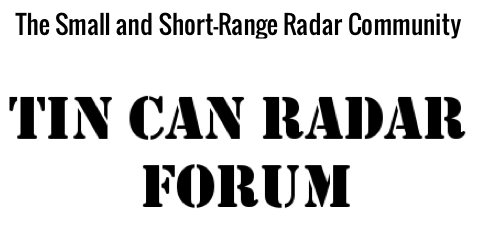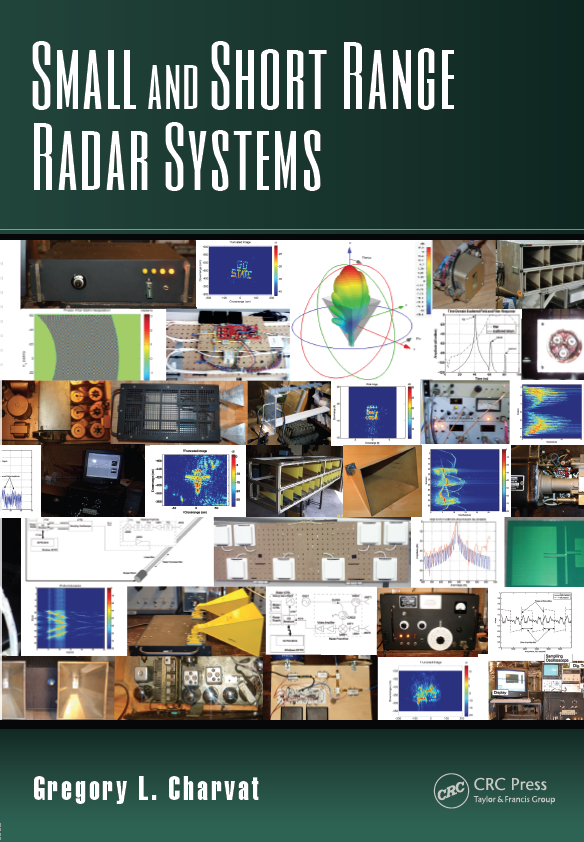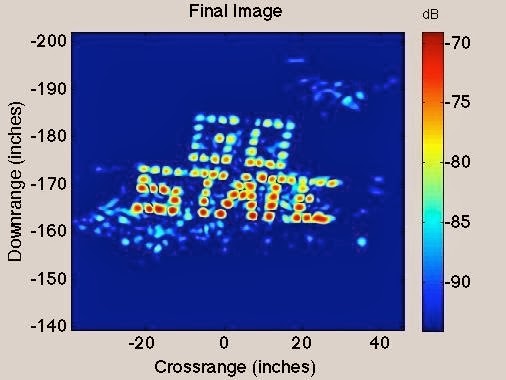


ABSTRACT
A low-cost ultrawideband (UWB), 1.926–4.069 GHz, phased array radar system is developed that requires only one exciter and digital receiver that is time-division-multiplexed (TDM) across 8 receive elements and 13 transmit elements, synthesizing a fully populated 2.24 m long (λ/2 element-to-element spacing) linear phased array. A 2.24 m linear phased array with a 3 GHz center frequency would require 44 antenna elements but this system requires only 21 elements and time to acquire bi-static pulses across a subset of element combinations. This radar system beamforms in the near field, where the target scene of interest is located 3–70 m down range. It utilizes digital beamforming, computed using the range migration synthetic aperture radar (SAR) algorithm. The phased array antenna is fed by transmit and receive fan-out switch matrices that are connected to a UWB LFM pulse compressed radar operating in stretch mode. The peak transmit power is 1 mW and the transmitted LFM pulses are long in time duration (2.5–10 ms), requiring the radar to transmit and receive simultaneously. It will be shown through simulation and measurement that the bi-static antenna pairs are nearly equivalent to 44 elements spaced λ/2 across a linear array. This result is due to the fact that the phase center position errors relative to a uniform λ/2 element spacing are negligible. This radar is capable of imaging free-space target scenes made up of objects as small as 15.24 cm tall rods and 3.2 cm tall metal nails at a 0.5 Hz rate. Applications for this radar system include short-range near-real-time imaging of unknown targets through a lossy dielectric slab and radar cross section (RCS) measurements.








No comments:
Post a Comment